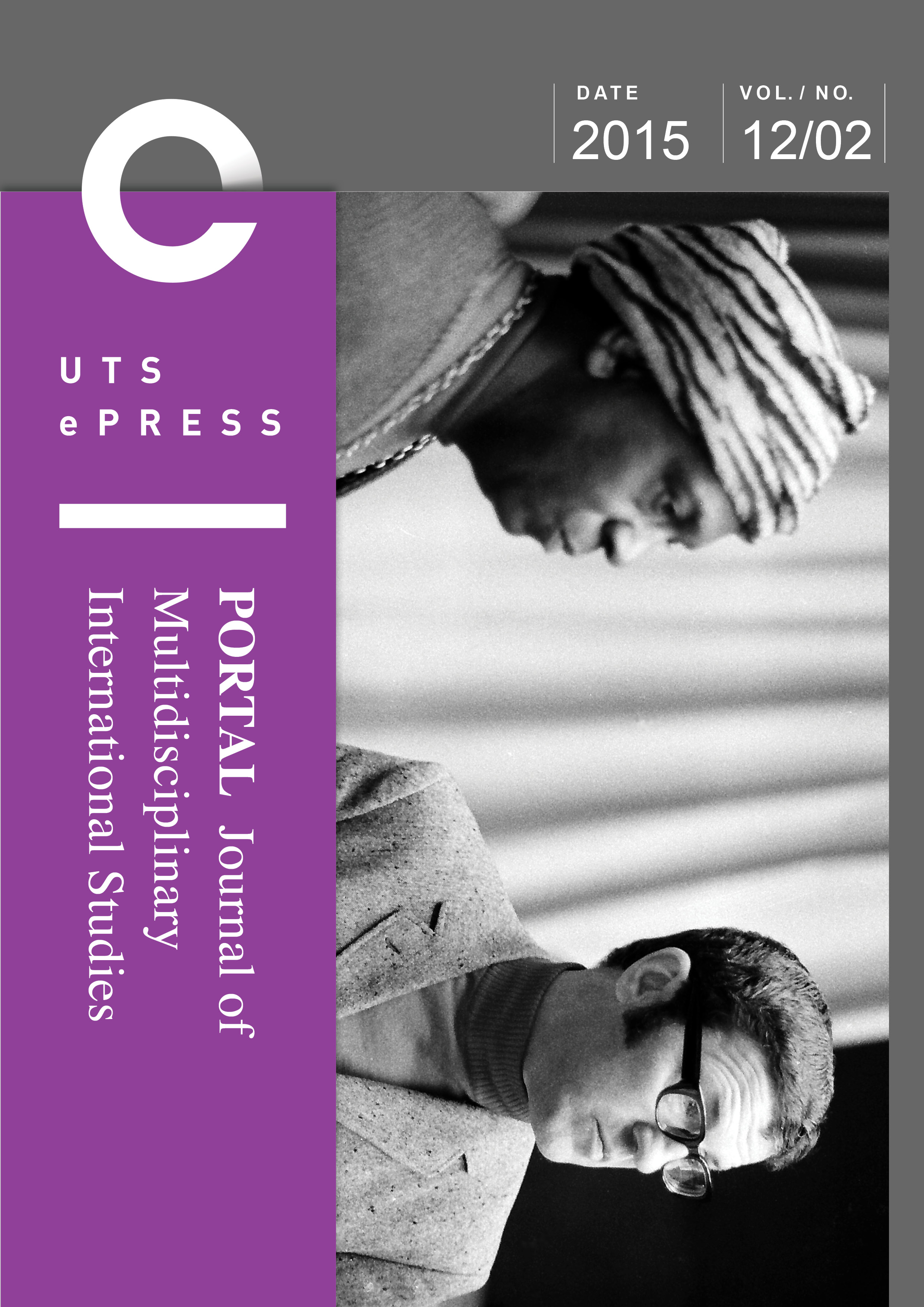Second Culture, Good Vibrations, and Writings on the Wall: Hip-Hop in the GDR as a Case of Afro-Americanophilia
Main Article Content
Abstract
This essay examines Afro-Americanophilia in the German Democratic Republic by analyzing the cultural transfer of hip-hop between 1983 and 1990. It argues that the individuals who participated in this transfer from the United States into East Germany shared an appreciation of African Americans and Black culture and thus facilitated the import, growth, and dissemination of breakdance, graffiti, rap, and deejaying. Focusing on three individuals, it details the specific characteristics of their Afro-Americanophilia and scrutinizes their roles for the hip-hop scene in state socialism. While a cultural critic interpreted hip-hop as ‘second culture,’ which, according to Marxist-Leninist ideology, was to be endorsed as international working-class culture, a radio host from East Berlin spread information and music throughout the country, equipping the teenage audience with what they needed for their own practice of hip-hop. Finally, a look at a graffiti writer from Dresden shows how hip-hop artists imagined themselves into the community of hip-hop in New York City and fashioned themselves as Black youth living in the Bronx.
Article Details
Section
For submissions from 31st March 2014 onwards, authors who submit articles to this journal for publication agree to the following terms:
a) Retaining Copyright and Granting Rights:
Authors retain copyright and grant the journal the right of first publication. The work is simultaneously licensed under a Creative Commons Attribution License, allowing others to share and adapt the work. Acknowledgment of the work's authorship and initial publication in this journal is required.
b) Non-Exclusive Distribution:
Authors may enter into separate, additional contractual arrangements for the non-exclusive distribution of the journal's published version of the work (e.g., posting to an institutional repository or publishing in a book). Acknowledgment of its initial publication in this journal is required.
c) Online Posting and Citation Advantage:
Authors are encouraged to post their work online (e.g., in institutional repositories or on their website) prior to and during the submission process. This may lead to productive exchanges and earlier and greater citation of the published work (See The Open Access Citation Advantage Service). If authors include the work in an institutional repository or on their website, they must acknowledge the UTS ePRESS publication with relevant details.
d) Creative Commons Attribution (CC-BY) License Awareness:
Authors should note that the CC-BY License permits readers to share (copy and redistribute) and adapt (remix, transform, build upon) the work for any purpose, including commercial use. Proper credit, a link to the license, and indication of any changes made must be provided. The manner of doing so must not suggest endorsement by you or your publisher.
For Volume 10 No 2 (2013) and earlier, the following copyright applied:
Authors submitting a paper to UTSePress publications agree to assign a limited license to UTSePress if and when the manuscript is accepted for publication. This license allows UTSePress to publish the manuscript in a specific issue.
Articles published by UTSePress are protected by copyright, with rights retained by the authors, who assert their moral rights. Authors control translation and reproduction rights to their works published by UTSePress. All rights are reserved worldwide by UTSePress, and downloads of specific portions are permitted for personal use only, not commercial use or resale.
For reprint or usage permissions, please direct inquiries to UTSePress via the journal's main editor, Dr. Nicholas Manganas at [portal.scholarly.journal@gmail.com]. Reprint permission requires acknowledgment of both UTSePress and PORTAL in the format advised by the journal editor.
